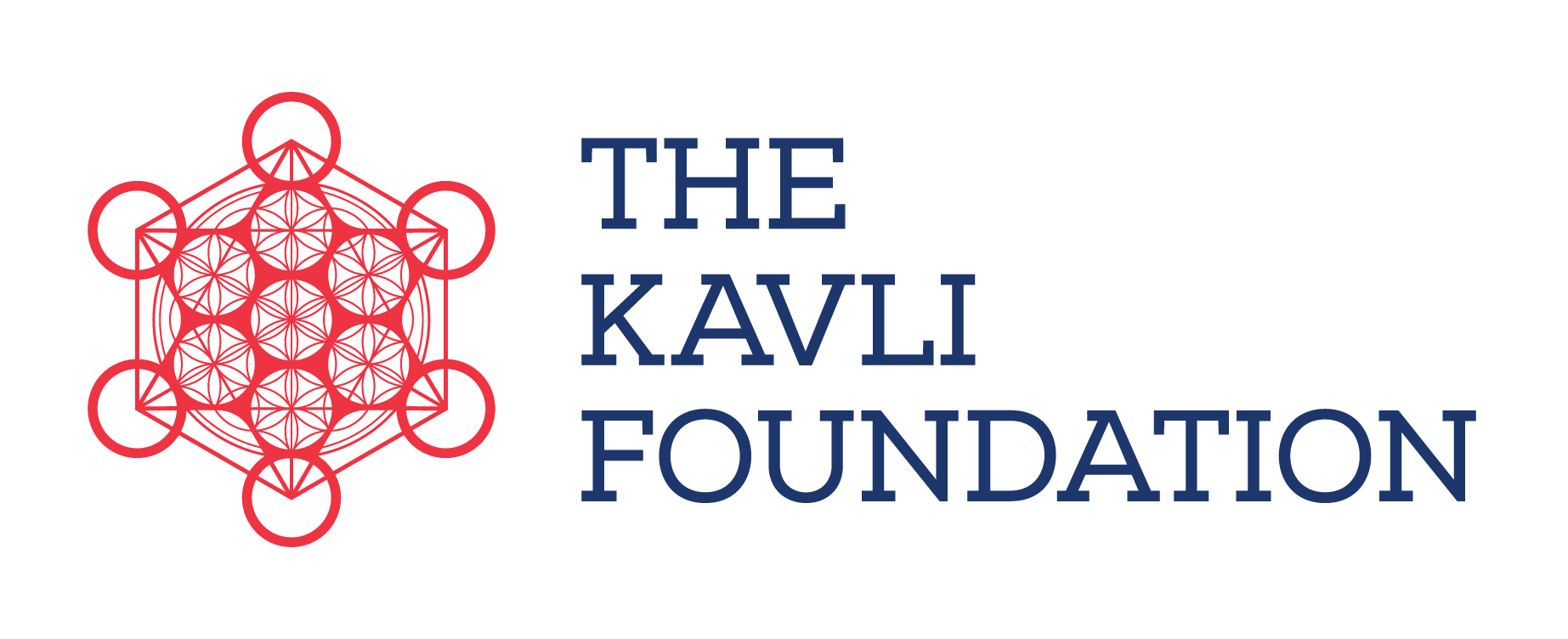October 3, 2025
The University of Tokyo Kavli Institute for the Physics and Mathematics of the Universe (Kavli IPMU, WPI)
The University of Tokyo Kavli Institute for the Physics and Mathematics of the Universe (Kavli IPMU, WPI) Project Researcher Anamaria Hell has received the 2025 Springer Thesis Award.
The award recognizes the world’s best PhD theses across the physical sciences. In addition to the honor itself, it includes a prize, and publication in the “Springer Theses” series. The resulting book is based on the PhD thesis, featuring a foreword written by the PhD advisor, and is more accessible to wider public.
Hell is being recognized for the work she carried out at the Ludwig-Maximilians University in Munich (LMU), Germany, where she resolved some of the long-standing issues in massive gauge theories by drawing ideas from cosmology and modified gravity. This PhD work was advised by Professor Viatcheslav Mukhanov.
“I am very happy, excited and honored. I also feel deep gratitude to my PhD advisor Viatcheslav (Slava) Mukhanov, my first collaborators, Dieter Lüst and George Zoupanos, and to Betti Hartmann and Lisa Scalone for their invaluable support. I am especially grateful also to Elisa Ferreira, Saeko Hayashi, Yukari Ito, Jia Liu, Misao Sasaki and Jun’ichi Yokoyama, for their guidance and enormous support during my time in Japan. Above all, I am thankful to my family and friends, for always being there for me,” Hell said.
Hell’s PhD work, and her recent book, “The massless limit of massive gauge theories: To the strong coupling and beyond”, by Springer in August, centers on the massive Yang-Mills theory with mass introduced by hand. This was one of the key steps in constructing the Standard Model of Particle physics, proposed by Sheldon L. Glashow in 1961 in the electroweak formulation, to endow the vector bosons with a mass. Conventional methods suggested that this theory is singular in the massless limit and could thus be discarded as a possible theory of nature. By developing a novel approach to this issue, Hell found a resolution to this problem.
“The key solution was to study the degrees of freedom – the fundamental building blocks of theories – directly. With this, I was able to show that due to the non-linear terms, the perturbation theory for the longitudinal modes, modes which are absent in the massless theory, breaks down at the Vainshtein scale. This means that they become strongly coupled. Then, beyond it, as we approach higher energies, the corrections to the remaining degrees of freedom arising from the longitudinal modes become smaller, recovering the massless theory up to very small corrections which vanish in the massless limit. This implies that the massive Yang-Mills theory is well-behaved in high-energies, as originally conjectured by Arkady I. Vainshtein and Iosef B. Kriplovich in 1971,” Hell said.
Hell also applied these ideas to other gauge theories, uncovering an alternative perspective to dualities of massive gauge fields, which were initially thought to describe the same physics.
One of her main goals is to identify the fudamental degrees of freedom, the building blocks of theory that might underpin the origin, evolution and structure of our Universe – one of the major puzzle in modern physics, which she aspires to achieve in the coming years.






